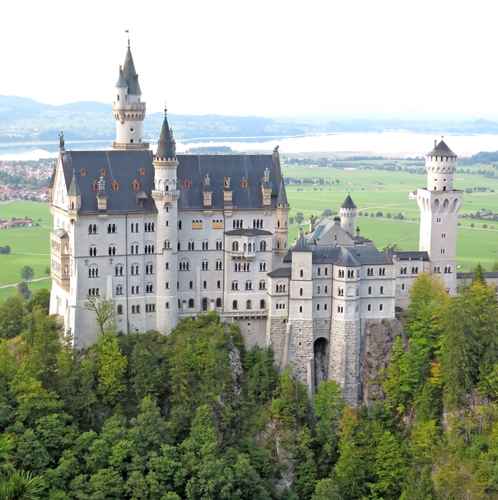Berlin. Neuschwanstein Castle has been recognized as a World Heritage Site by the United Nations Educational, Scientific and Cultural Organization (UNESCO) and opens the door to the recognition of other historicist buildings from the 19th century.
The building, built by the King of Bavaria Ludwig II (1845-1886), joins the list and overturns the arguments against the voices that give more value to the original medieval buildings.
It’s a special case. It is very well known and popular
says ethnologist Christoph Brumann. Its inclusion makes it more likely that second-rate cultural sites will be admitted,” argued ethnologist Christoph Brumann.
Constructions like Neuschwanstein Castle until not long ago they were considered second class
according to Brumann, who attributes this reason why it took so long to be included on the UNESCO list.
For a long time, a king’s fantasy was not considered on a par with genuine medieval buildings
according to Brumann, professor at the Max Planck Institute for Ethnological Research in Halle.
However, some see a danger in these statements. The Italian journalist Marco D’Eramo warned 10 years ago of the so-called Unesco-cide
warning that inclusion in its global list could be a kiss of death.
Often the list seems to want cure the disease by killing the patient
according to Brumann. He added that if the list recognizes a site as worthy of protection, this can lead to an unsustainable level of tourism.
As ethnologists, we are very skeptical about cultural classifications
subraya Brumann. Ours would probably be different from conventional Western ones
. That is why years ago he became interested in the way in which UNESCO selects what is later classified as exceptional universal value
.
Germany now has 1,223 sites declared world heritage sites, 952 cultural and 231 natural, including the Cologne Cathedral, the Sanssouci Palace in Potsdam and the Bauhaus buildings.
